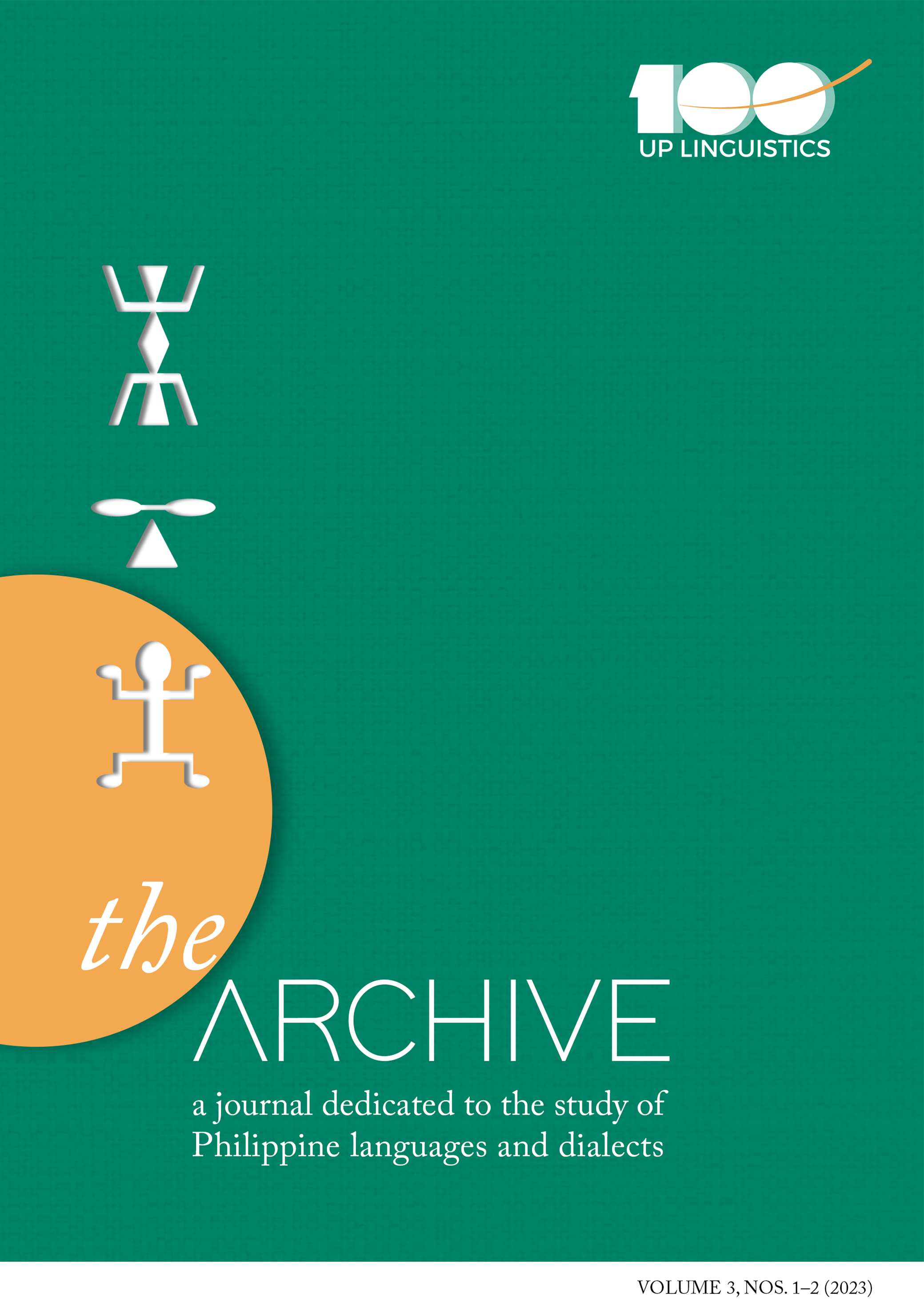Modality in Bagobo-Klata and Tausug
Abstract
In the study of Philippine languages, there is a lack of consensus among linguists on how modality, as a linguistic category, is expressed: it is often associated with aspect and tense and, hence, described as a category morphologically expressed via verbal affixation, while in some studies, modality is a subordinated topic under adverbs because of their clitic-like behavior. According to typological studies on modality, one reason why it is rather vague and difficult to characterize is that it takes different forms or expressions (e.g., affixes, verbs, and particles) and encode various seemingly unrelated meanings (e.g., ability, desire, obligation, potentiality, and wishes) (Bybee et al., 1994; Nuyts, 2016). Consequently, this study aims to examine modality in two Philippine languages—Bagobo-Klata and Tausug—to provide a unified and coherent account of modality based on a typological framework modified by Vondiziano (2019) and primarily based on Palmer (2001) and van der Auwera and Plungian (1998). Specifically, it will identify corresponding expressions and generally describe their respective semantic and morphosyntactic features; the lexical origins of these expressions will also be traced. As will be shown in this paper, the linguistic category of modality in Bagobo-Klata and Tausug is expressed through a mood system of non-joint-marking affixes and modal systems independent of mood—propositional and event modalities. The expressions of propositional modality are mostly modal particles, as well as modal verbs, while the ones under event modality, modal verbs and modal affixes.


